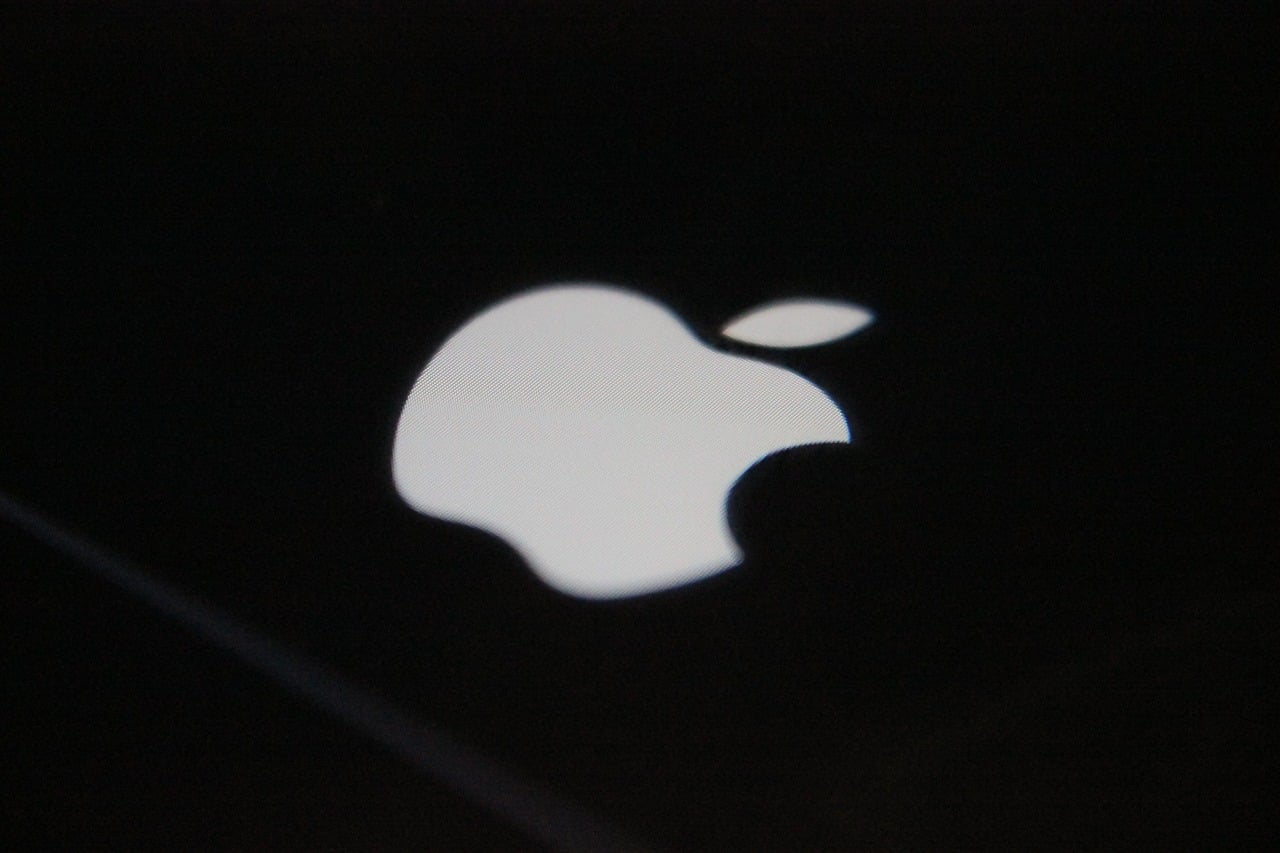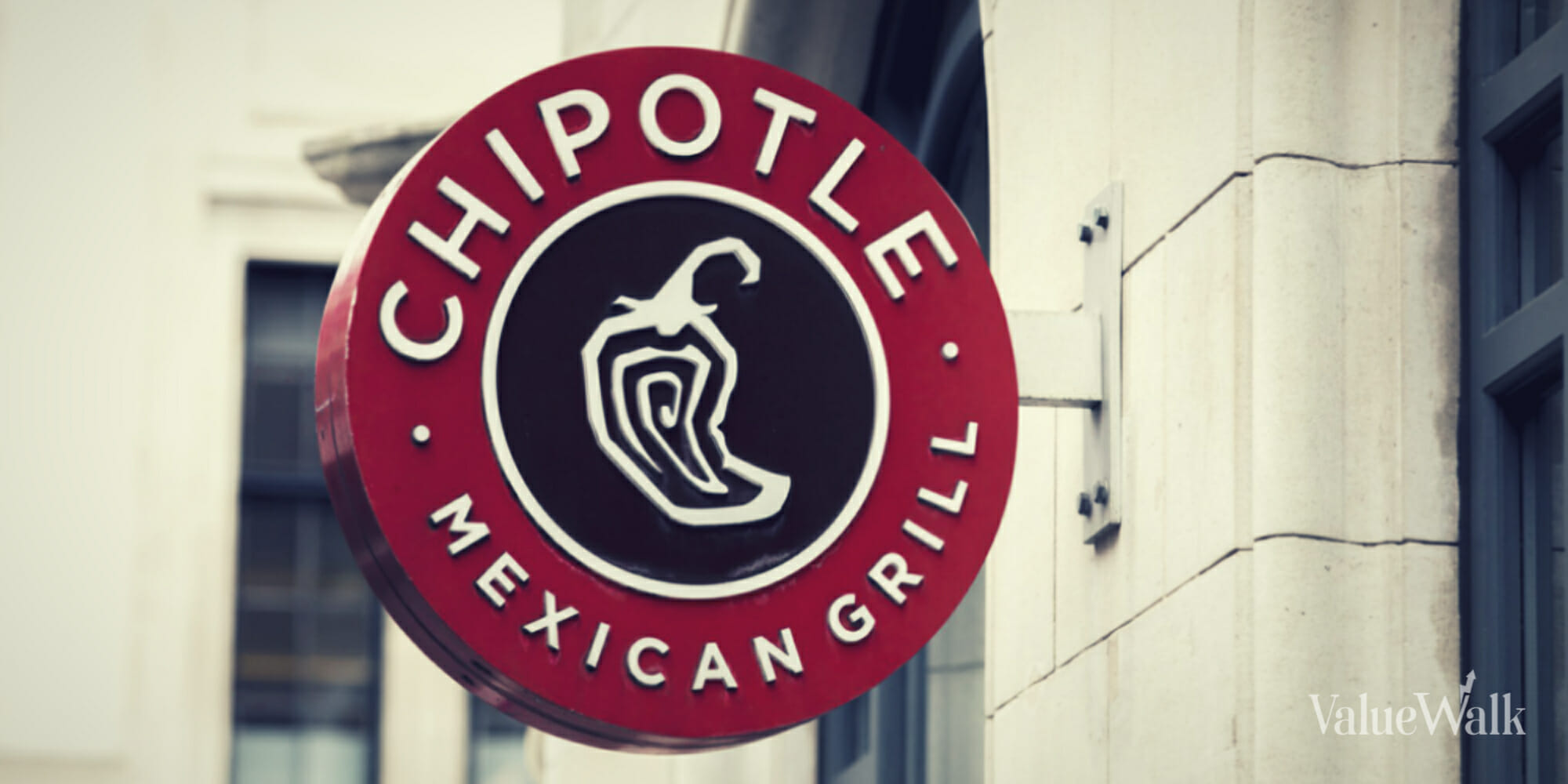Analysts comment on Apple Inc. (NASDAQ:AAPL), which reported its first quarter earnings on Tuesday, after the closing bell. There were no major surprises, revenue guidance for the March quarter isn’t worse than expected, but isn’t particularly good with services gross margins mixed.
BMO Capital Markets
There were no major surprises with December-quarter results given the negative preannouncement earlier this month. Management did not provide details surrounding units/ASPs across products, but did provide gross margin for products and services. Services gross margin was a focus, and came in largely in line with consensus speculation. The company also provided guidance for the March quarter that was below our and Street expectations across the board.
Q4 hedge fund letters, conference, scoops etc
Jefferies
Services gross margin of 63% was strong, in-line with our expectation for ~64%. But for now this is not enough to offset the eroding margins in the hardware business and we are now reducing near-term estimates for the third time in 2 months. Hardware is beset by a number of issues including China macro, lengthening smartphone upgrade cycles, and FX...issues unlikely to be fixed in the near term.
KeyBanc Capital Markets
F1Q results in line with lowered expectations. Apple reported F1Q results that were broadly in line with the Company's pre-announcement. Revenue declined y/y in China, Europe, and Japan, and grew only slightly in Americas and Rest of Asia-Pacific, suggesting broad softness in iPhone sales. F2Q guidance was also largely in line with expectations, and likely reflects slower y/y growth in both Hardware and Services compared to F1Q.
Macquarie Research
AAPL was more or less in line with our expectations overall. Guidance wasn’t as bad as we had feared and management. sounded upbeat and confident.
Nomura
Weak F2Q guidance drags our estimates lower. We believe iPhone volumes are on a sustainably lower trajectory than expected even after the pre-announcement. Services growth, however, seems to have stabilized at a healthy, if lower, 20% rate. We reduce our estimates and our target to $170.
Oppenheimer
Following its pre-announcement on Jan. 3, AAPL reported F1Q19 revenue/EPS of $84.3B/$4.18, comparing to consensus of $84.0B/ $4.17E and our estimates of $83.9B/$4.18. iPhone sales were down 15% Y/Y, mostly driven by well communicated weakness in Greater China. European sales were down 3% Y/Y, the first decline since September 2016. Americas was the only region with notable Y/Y sales growth, at 5%. Apple broke down services gross margin by products and services for the first time.
Piper Jaffray
Apple reported Dec. quarter revenue and EPS fractionally above the Street's post prerelease downwardly revised estimates. Revenue guidance for the March quarter is 3% below consensus (mid-point), with the services gross margin outlook essentially in-line at 37.5% (Street at 38%). Many investors feared a more significant guide down was coming for March quarter revenue and with the "bad news," which turned out not as bad as expected, out of the way, some that had been sidelined will likely re-visit the stock. Maintain OW & $187 PT.
Wells Fargo
Shares of Apple are rallying post close on what we view as better-than-feared F2Q19 (March) guide – revenue at $55B-$59B (including -$1.3B from FX) / GM%: 37%-38% / operating expense: $8.5B-$8.6B vs. our prior $58.6B / 38.0% / $8.3B estimates (street: $59.0B / 38.2% / ~$8.1B). Apple expects continued iPhone weakness in F2Q19, driven by ongoing impacts from FX (-$1.3B y/y rev. impact), slowing upgrades / lack of carrier subsidies, and battery replacement program; however, Apple did note it exited F1Q19 with iPhone channel inventory at a “comfortable” level.
BAML
Apple reported strong Services gross margin of 62.8% for F1Q19, and we expect margin strength in that segment to continue; yet overall gross margin for the March quarter was guided down 50bps q/q as other factors offset including sequentially lower revenue and FX headwinds. In our opinion, this underscores the fact that product revenue and margins continue to be important, and despite strong year-over-year growth in Services margins, overall margins are still under pressure. We reiterate Neutral on lack of nearterm catalysts, continued weak iPhone sales, balanced by large net cash/optionality.
D.A. Davidson
We are reiterating our BUY rating and $245 price target for AAPL, which is based on our discounted cash flow analysis, including our long-term adj. EBITDA margin forecast of 34.0% versus 29.1% in FY17. While iPhone sales and China were bad, as advertised, we believe shares should rebound on Wednesday as, all told, things were not as bad as some investors feared.
Goldman Sachs
Apple’s FQ2 revenue guidance missed our below-consensus estimate by 2% and the company’s FX adjusted guidance implies continued deterioration in iPhone revenue in FQ2. We believe iPhone inventory levels exiting FQ1 are within the company’s normal range and the implied deterioration in iPhone revenue is likely a reflection of uncertainty in demand. Apple’s newly disclosed Services gross margin at ~63% fell short of our expectations due to higher than expected cost allocations associated with recent revenue restatements. Overall, we did not pick up any signs of either weakness or improvement in the underlying business trends for Apple. We are concerned that prolonged economic weakness in key markets like China could continue to hurt the company’s performance this year. Remain Neutral.
HSBC
Q1 uneventful, Q2 guidance low: With Apple warning on 2 January, Q1 results were not going to be a big surprise, with sales and results as guided. All in, Apple delivered EPS of USD4.18 (consensus USD4.17). All product lines were up year-on-year in Q1, except for iPhone (down 15%, and still 62% of group sales), and apart from the Americas and “Rest of Asia Pacific” regions, all other regions were also down year-on-year in reported terms, with China’s slowdown (-27%) well flagged in the January warning. As headwinds remain, Apple’s Q2 guidance looks muted.
JPMorgan
Services gross margin improvement of +450 bps y/y and +170 bps q/q in F1Q19 is likely to increase investor confidence in long-term expansion of services gross margins with increasing scale of various services opportunities.
Longbow Research
FY2Q sales and EPS guidance was below consensus, but better than generally dour investor expectations. The robust growth of high-margin services and new products is continuing into CY19, but structural and potentially transitory hurdles for iPhone are likely not abating near-term even with AAPL implementing actions to stimulate growth. The iPhone upgrade cycle has expanded given declines in carrier subsidies and potentially the iterative dynamic of new iPhone models. USD strength created iPhone demand elasticity issues in emerging markets (AAPL is absorbing some of the hit), and the permanency of iPhone and smartphone weakness in China is unknown.
Monness, Crespi, Hardt & Co.
Good Enough. Last night, Apple reported 1Q:FY19 results that were largely inline with the company’s pre-announcement on January 2, while serving up a 2Q:FY19 outlook that is below the Street but above our projections. We are raising our estimates and boosting our 12-month price target to $220 from $200.
Morgan Stanley
We lower March quarter revenue by 7%, or $4B, and FY19e revenue by 1.4% with FY19e EPS moving from $12.39 to $11.50. That said, buy-side expectations deteriorated meaningfully in the four weeks post Apple's pre-announcement such that even our lowered estimates are better than feared (bears expect FY19e EPS of $11). Importantly, Apple made investors feel better about several recent debates - 1) weaker iPhone demand, 2) gross margin risk, and 3) Services growth deceleration, which we address below in more detail. We continue to value Apple on a SoTP basis which drives our $197 PT, down from $211 previously on our lower revenue estimates offset partially by higher peer multiples.
Needham
AAPL reported FY1Q19 revenue of $84.3B (down 5% y/y or down 3% FX neutral, and 0.3% above our estimate) and EPS of $4.18 (up 7.5% y/y and 1% above our estimate). Recall that AAPL pre-released its FY1Q19 results on 1/2/19. AAPL’s new disclosure metrics are better for valuing AAPL than unit sales, we would argue. AAPL disclosed it had 1.4B active devices (up 100mm y/y) and 900mm active iPhones (up 75mm y/y) at 12/31/18. AAPL also added revenue and gross margins for products vs services. We calculate that the gross profit/user in FY1Q19 was $8 for services vs $29 (seasonally highest) for products, suggesting that AAPL’s elongating replacement cycle is not as negative for profits or valuation as it is for revenue. Read throughs: weak macro in emerging markets (especially China), strengthening dollar headwinds, and channel inventory.
Rosenblatt Securities
Last week, we wrote about our belief that March quarter iPhone unit shipments stabilized with the help of a price cut for the iPhone XR. We continue our belief that March quarter weakness is priced into the stock, but believe Apple may face further headwinds this year, including a slowing smartphone market, the transition from 4G to 5G, and the US-China trade war impacting iPhone sales. We expect iPhone shipments to be down from 195 million units in 2018 to 175-180 million in C2019.
UBS
Apple stock should react favorably as revenue guide was better than feared, though there was ample information here for both bulls and bears (services gross margin guide, elongating iPhone upgrade rates, big Y/Y declines in hardware margins despite big iPhone ASP increases). We remain optimistic because 1) we are now through the worst of the bad news for a while; 2) that AAPL is getting a paltry ~$30MM/Q from its largest 3rd party subscription app shows the vast fertile ground; 3) iPhone replacement cycles continue to elongate but AAPL’s numbers suggest they could now be close to some asymptote; and 4) new proprietary content (video) and aggregation services (gaming) this year should spur a pivot in the narrative.






